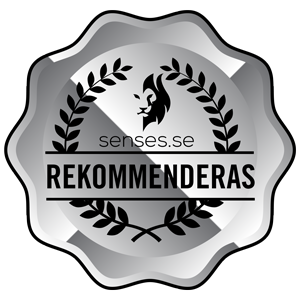TL;DR
Robot vacuums are getting a serious upgrade! The new Dreame Aqua 10 Ultra Roller ditches passive mopping for an active roller system that genuinely washes floors with hot water and boasts an insane 30,000 Pa suction. It tackles tough stains and even climbs over high thresholds like a champ. However, this cutting-edge tech isn't without its quirks: early units have reported leakage issues, and maintenance isn't tool-free like on its cheaper sibling, the MOVA Z60. While its cleaning power is top-notch, potential buyers should weigh these early-adopter challenges against the advanced features. Curious if the Aqua 10 Ultra Roller is your next cleaning revolution? Read our full review to find out!
A few years ago, air fryers represented a burgeoning niche that many brands sought to enter. Currently, robot vacuums appear to occupy a similar position. The market has expanded significantly, and recently, camera and drone manufacturer DJI has joined this competitive sector. Dreame is an established Chinese brand in Sweden, akin to Roborock, even operating its own concept store in Mall of Scandinavia in Solna. Structurally, Dreame is part of the extensive ecosystem of Chinese conglomerate Xiaomi. If one were to identify a key trend in the robot vacuum market for 2025, it would be a clear technological shift: the obsolescence of the passive mopping pad. This year’s focus is on “active washing” and roller mops designed to thoroughly clean floors rather than merely wipe them. Leading this innovation is the Dreame Aqua 10 Ultra Roller, launched just days ago, a device that on paper boasts specifications poised to challenge its competitors. But does its real-world performance match its impressive claims, or is it a technological marvel with practical limitations? We have conducted a comprehensive evaluation of this flagship model.
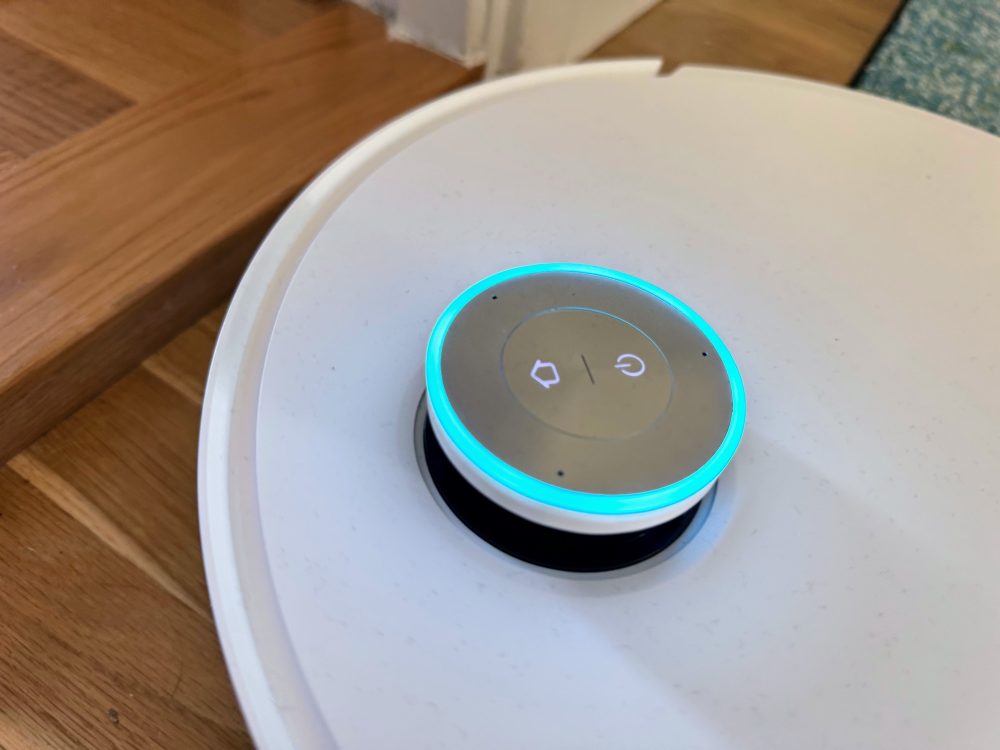
Upon unboxing the Dreame Aqua 10 Ultra Roller (which carries an approximate price tag of 15,000 SEK), it quickly becomes apparent that this is not a minor update to last year’s X40 series, but rather an entirely new architectural design. The traditional round form factor has been replaced by a D-shaped front, necessitated by the integration of the substantial AquaRoll roller that spans the robot’s entire width. The objective is clear: to bridge the performance gap between a robotic cleaner and a manual floor scrubber.
Advanced Specifications for the Discerning User
Dreame has equipped this model without compromise. The suction power reaches an exceptional 30,000 Pascal (Pa), a figure that is remarkably high compared to the industry standard of 6,000–10,000 Pa. The base station itself is a sophisticated unit, washing the mop with 100°C hot water to sterilize the roller, followed by hot air drying. This system performs effectively, preventing any residual odors often associated with older, damp cleaning pads. We noted neither the roller nor the mopping emitted the slightest unpleasant smell, a common issue with other models.
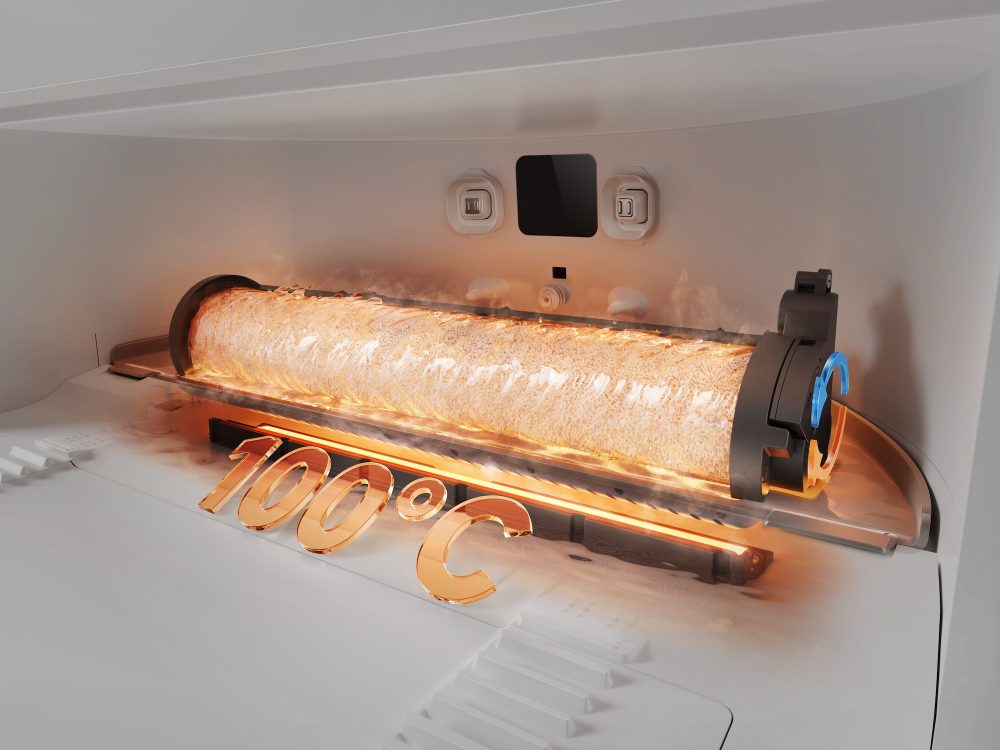
Navigation is managed by VersaLift LiDAR, a retractable tower that allows the robot to access areas beneath low-profile furniture, augmented by an AI camera capable of identifying over 240 object types. While impressive, the ultimate measure of performance lies in its cleaning efficacy.

Cleaning Results Aqua 10 Ultra Roller: Elevating Cleanliness Standards
To be clear from the outset: on hard floors, the Aqua 10 Ultra delivers truly exceptional results. The performance difference between traditional rotating pads and this active roller system is distinctly noticeable. The robot continuously supplies clean water to the roller, while a rubber squeegee promptly extracts dirty water into a dedicated onboard tank. This ensures that cleaning is always performed with fresh water, eliminating the issue of a cleaning pad becoming progressively dirtier with each square meter.
Persistent coffee stains, dried juice spills, and dirt from shoe prints in high-traffic areas often vanish in a single pass. Edge cleaning is equally proficient, as the roller extends telescopically to reach right up to baseboards, effectively eliminating the common “dust strip” left by other robots.
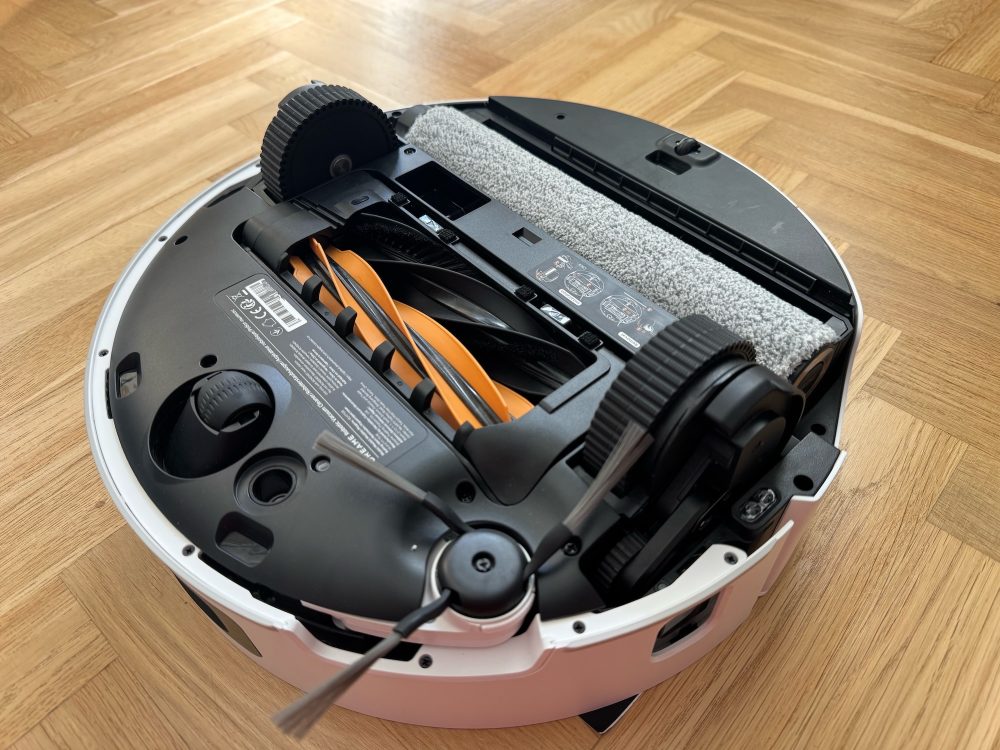
For users in Sweden, where challenging high thresholds are common, the ProLeap function is a significant advantage. The chassis can elevate itself to climb over obstacles up to 80 mm (if stepped) or 40 mm (single-step). This capability allows it to navigate areas where many other robots become stuck and require manual intervention. In our tests, it surpassed Roborock’s Saros 10 when tackling our demanding 5 cm threshold.

Challenges Encountered: Reported Leakage and Software Maturation
However, there are notable drawbacks. During its initial launch period, the Aqua 10 Ultra has faced quality control issues that are unexpected for a product in this price bracket.
One such concern – which we did not personally experience but has been frequently reported by early adopters – is leakage from the base station, colloquially referred to as “the peeing robot” on Reddit. Due to the high pressure during the refilling of the robot’s internal tank, some users have observed water spraying outside or pooling beneath the dock. For owners of parquet flooring, this poses a significant risk. Dreame has released firmware updates to adjust pump pressure, but the mere occurrence of this problem on a 15,000 SEK device raises serious questions about its initial quality assurance. While we did not encounter this specific issue, it is an important consideration for potential buyers. This challenge is particularly pertinent given that this model offers an option for a “fixed” water connection and drainage, aiming for “complete maintenance-free” operation through automatic fresh water intake and dirty water disposal. However, this feature necessitates both sufficient space and the ability for the robot to be permanently installed in a utility room or similar location.
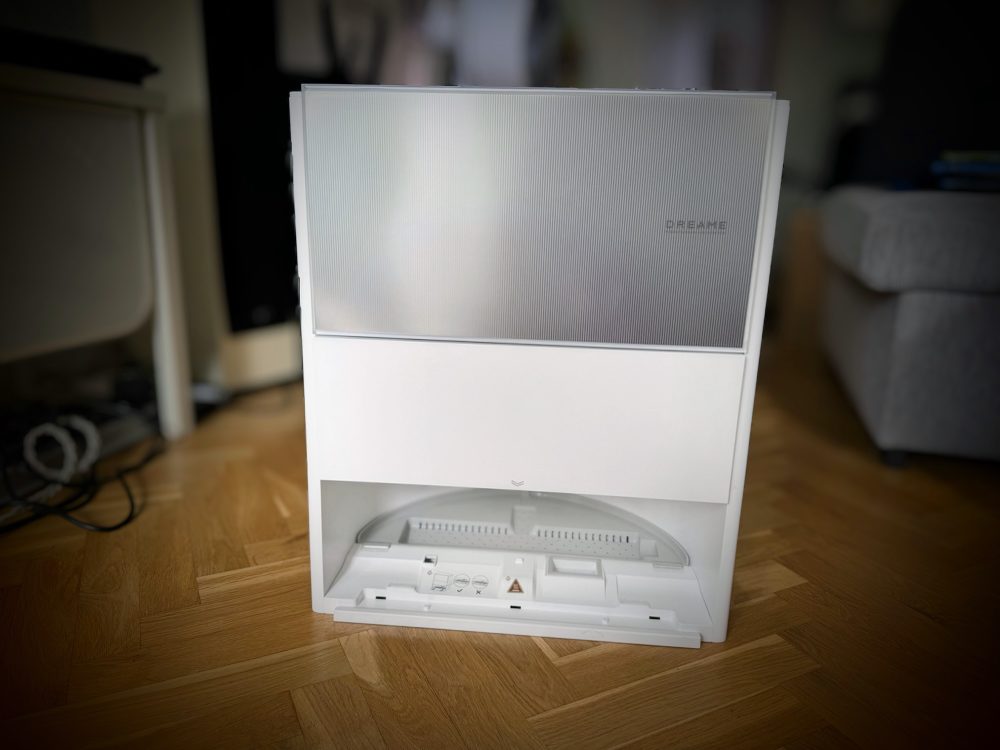
We also observed occasional inconsistencies in navigation. At times, the AI camera and laser system appeared to conflict, causing the robot to deviate erratically around non-existent obstacles or take unnecessary detours. Furthermore, the robot consistently struggled with our mirror-polished, U-shaped chair legs, often stopping completely after a period. This issue was severe enough that manual repositioning was frequently required, ultimately forcing us to geo-fence the area, thereby preventing cleaning under the chairs (a highly practical function). While software updates may have offered some improvements, the Aqua 10 Ultra’s navigation does not consistently exhibit the surgical precision and structured mapping seen in models like the Roborock Saros 10, even if its superior threshold-climbing ability allows it to access more rooms.
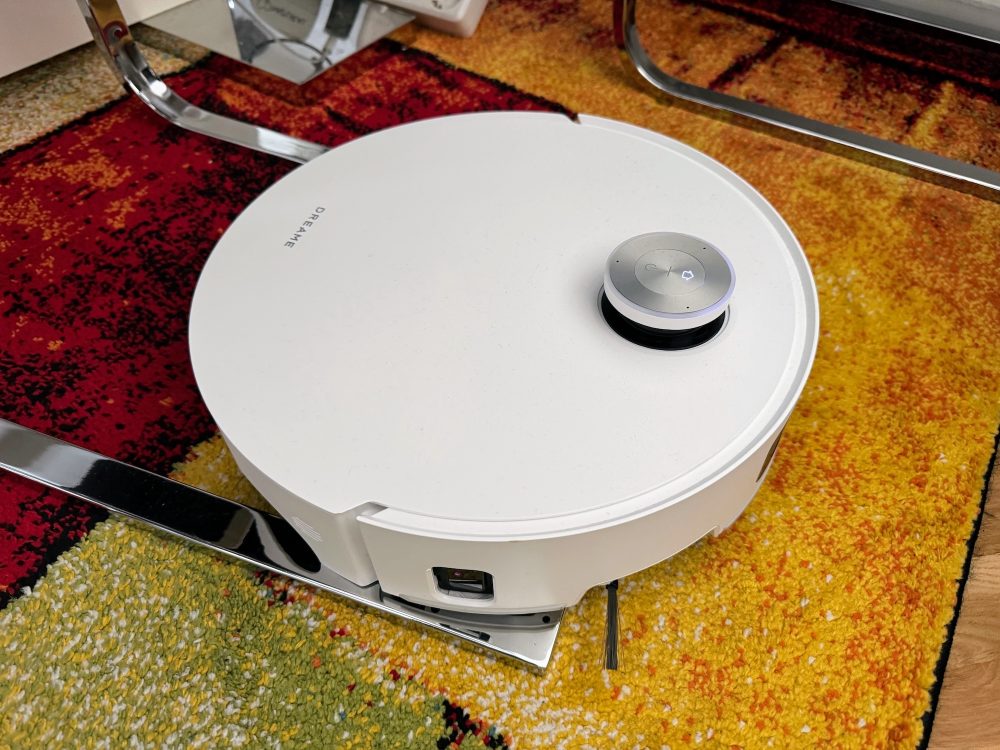
Design Flaw: Tool-Dependent Maintenance
Perhaps the most perplexing design oversight, however, concerns maintenance. Roller mops inherently require regular cleaning, as hair and lint can accumulate behind the roller and within the intake. On the Aqua 10 Ultra, accessing these areas for proper cleaning necessitates the use of tools (specifically, a screwdriver) to remove the cover, a requirement we have not encountered on comparable devices. This represents an unusual design choice.
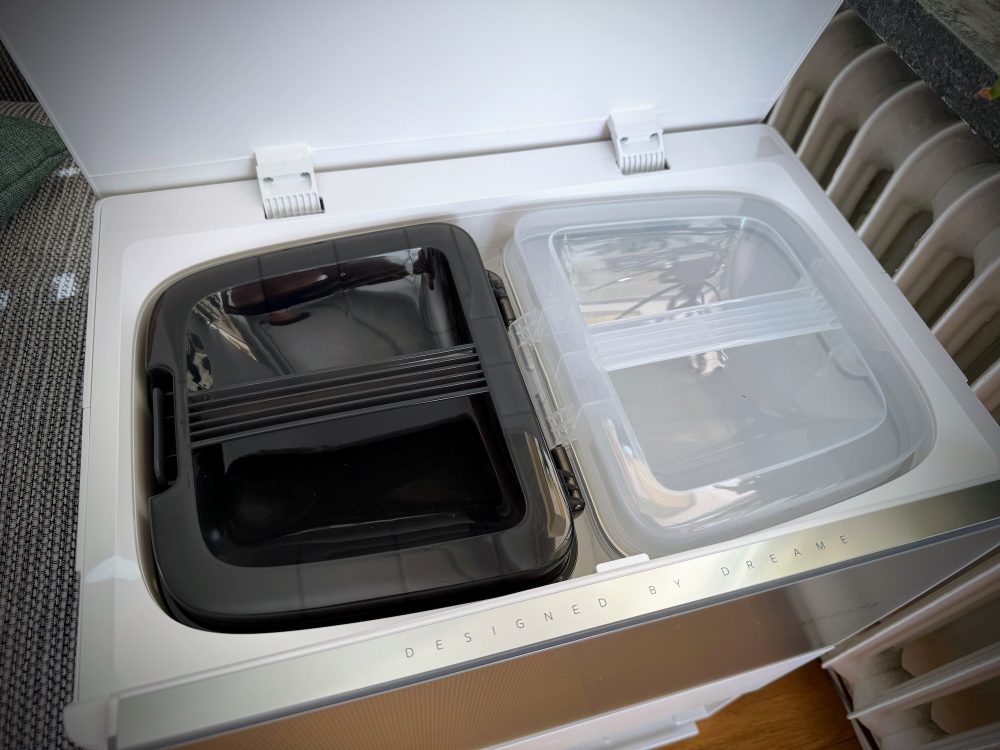
This point is particularly salient when considering Dreame’s own sub-brand, MOVA, and its model Z60 Ultra. Built on nearly identical core technology, the Z60 Ultra features a cover secured with click fasteners, allowing for entirely tool-free access. The fact that the more budget-friendly model offers greater user-friendliness than the flagship raises questions about the design rationale behind the Aqua 10 Ultra.
The Competition: An Internal Rival
It would be incomplete to review the Aqua 10 Ultra without also mentioning the MOVA Z60 Ultra. Both robot vacuums share significant technological DNA – including the same excellent roller mop technology and superior climbing capabilities. However, the Z60 is priced approximately 3,000–4,000 SEK lower.
What additional benefits does the Aqua 10 offer to justify this higher cost?
- 100°C wash (compared to 80°C on the Z60).
- 30,000 Pa suction power (versus slightly lower on the Z60, though the practical cleaning difference is often negligible).
- Adjustable mopping pressure (the Z60 operates at maximum pressure consistently).
Are these distinctions sufficient to warrant the price difference and the more involved maintenance? For most consumers, the answer is likely no.
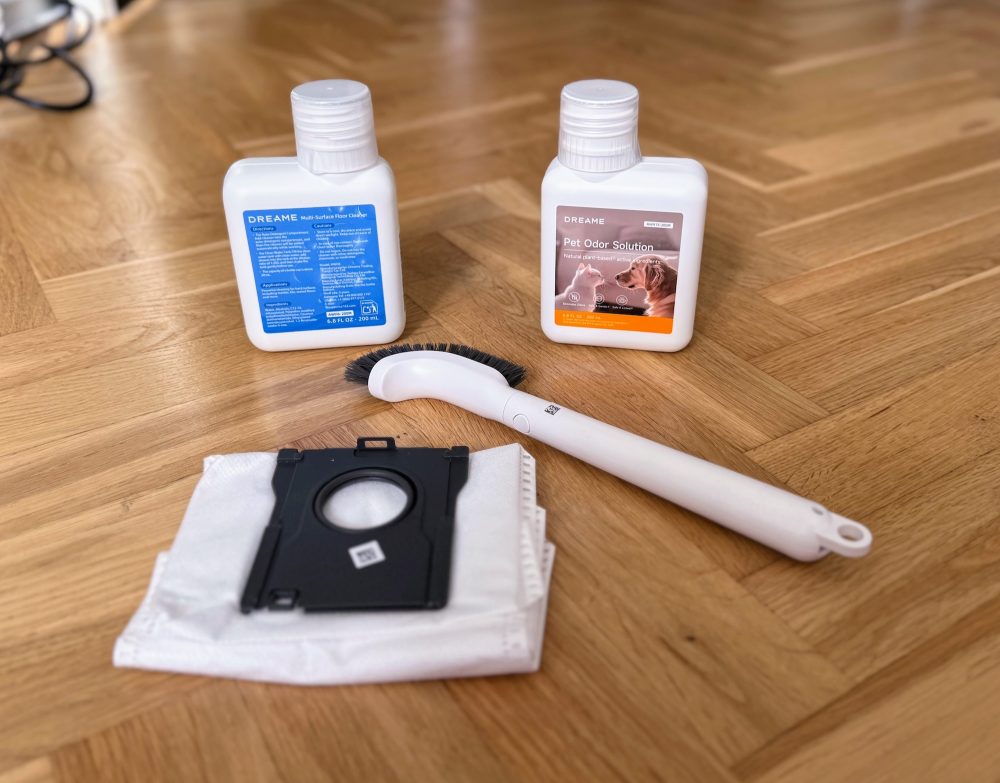
Conclusion: Dreame Aqua 10 Ultra Roller
The Dreame Aqua 10 Ultra Roller is an impressive and pioneering device. It sets a new standard for robotic floor care, moving beyond simple dampening to genuinely wash floors. Its cleaning performance is unequivocally world-class, and its threshold-climbing ability represents a transformative feature for homes with varied floor levels, a capability that may soon be further advanced when Eufy releases its model capable of climbing over 8 cm thresholds next quarter.
However, pioneering technology often comes with initial challenges. This is evident not only in its premium price but also in its reliability. With documented reports of leakage (which we, admittedly, did not personally experience) and a maintenance design requiring tools, this product appears best suited for the tech enthusiast willing to overlook minor imperfections to experience the absolute latest and most advanced technology. For the average consumer seeking a truly “set-and-forget” experience, justifying this purchase might be difficult, particularly with the availability of its more user-friendly sibling, the MOVA Z60.
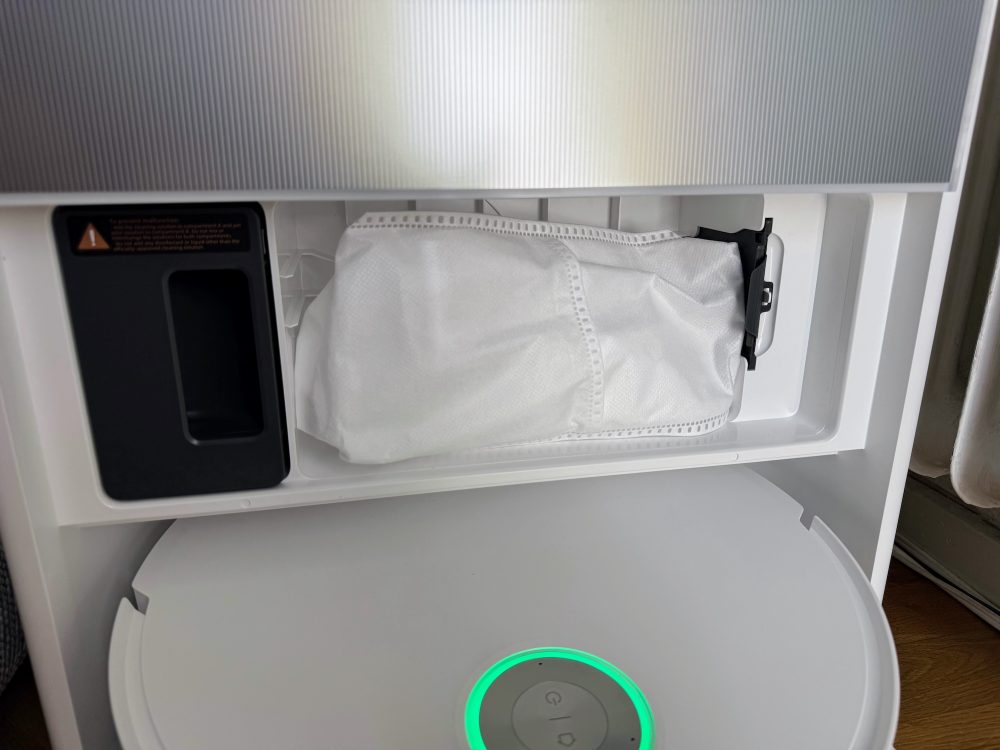
When compared to our previous reference, the Roborock Saros 10, these devices are closely matched in both price and performance. However, the Aqua 10 demonstrates a marginally superior overall cleaning capability, climbs slightly higher, and offers enhanced mopping performance. Consequently, it merits its position as the new reference, albeit by a narrow margin.
If you are comfortable with occasional manual maintenance, possess tiled floors or other surfaces resistant to potential water leakage, seek to eliminate manual scrubbing, and desire the market’s most powerful and effective cleaning motor, this product is a compelling choice. For others, it may be advisable to await a “Gen 2” iteration or consider the MOVA Z60, especially during promotional periods such as Black Friday.
Dreame provided review samples for this test. Material providers have no editorial influence on our tests; we always maintain independence, prioritizing the interests of our readers and consumers.

